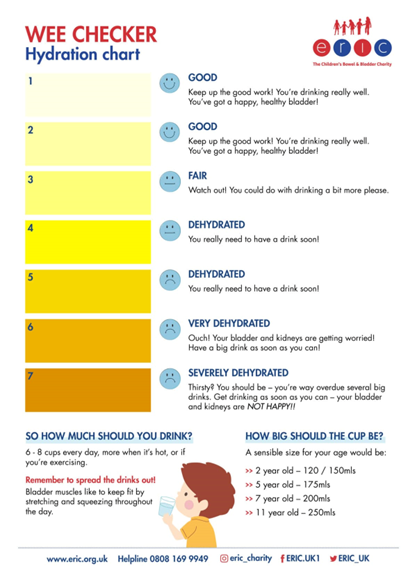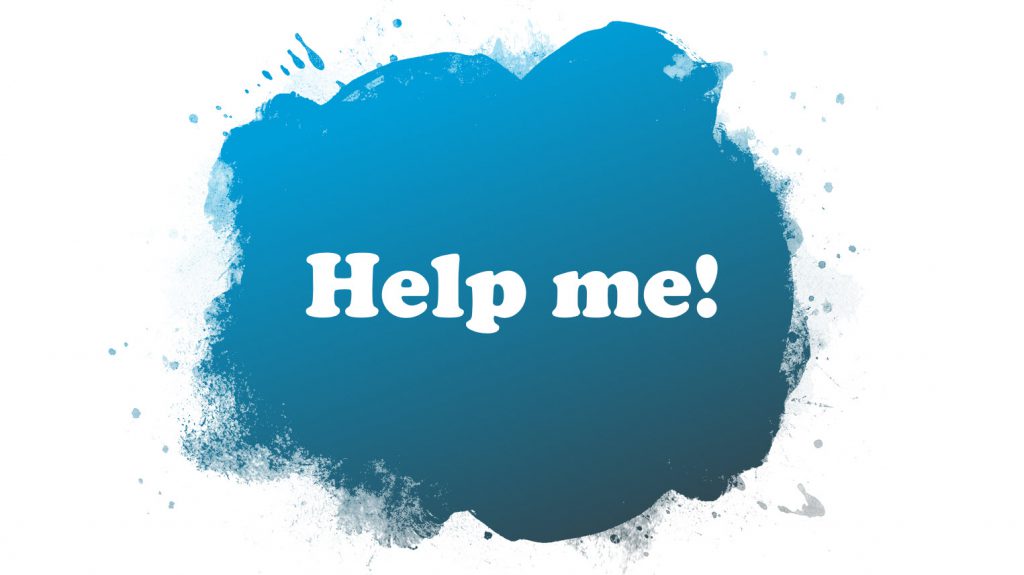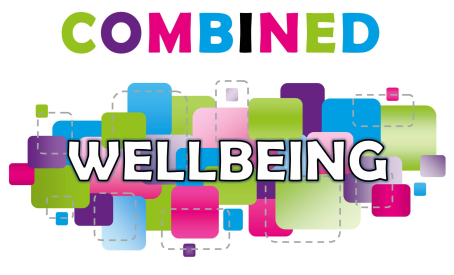Children's Continence

Information
Here you’ll find answers to some common questions concerning continence
Select the underlined questions below to see more.
 Children with additional needs can find toilet training more difficult, but that isn’t to say it is not possible.
Children with additional needs can find toilet training more difficult, but that isn’t to say it is not possible.
Children with additional needs may not show the typical signs of readiness for toilet training. This can be due to many reasons including communication, sensory, and/ or physical difficulties.
It can be helpful for families to link up with school staff and other professionals who know their child well to support toilet learning and development.
You can also explore sections of this page for helpful tips and advice.
 Many children have not had the opportunity to learn what toilets are for. Nappies are often changed in other areas of the house and children may have little idea about where their poo and wee should go!
Many children have not had the opportunity to learn what toilets are for. Nappies are often changed in other areas of the house and children may have little idea about where their poo and wee should go!
There are simple things we can do to promote toilet association and readiness – things like changing nappies in the bathroom/ toilet area – and making this a fun experience.
Normalising and talking about the toileting process can help – using objects of reference/ visual aids/ gestures to support spoken words.
You could empty the contents of the nappy down the toilet to help your child to understand where their wee and poo should go – wave goodbye to the wee and poo as you flush the toilet.
Involve your child in the toileting process as much as possible.
Learning to use the toilet can be a challenge for some autistic children.
They may experience the following difficulties that can affect each child in different ways:
- Social communication
- Repetitive behaviours
- Dealing with change
- Sensory differences
- Intense/ highly focused interests
- Anxiety
- Meltdowns
Children communicate their feelings and understanding with their behaviours.
How can behaviours impact on toileting?
The challenges mentioned above can affect how your child learns to use the toilet and how they develop reliable continence.
What can you do?

- Try to consider what your child’s behaviour may be telling you – all behaviour is communication!
- Consider the triggers that start their behaviour.
- Notice the factors that maintain their behaviour – these may not be the same as the things that started it.
- Reduce confrontation
- Provide reassurance.
- Communicate clearly.
- Provide structure.
- Consider sensory needs.
- Look at the communication and sensory sections to explore ideas that may help.
Watching this video may help – Helping autistic children use the toilet: strategies for continence difficulties – Eve Fleming – YouTube
It is important to consider that some autistic children can learn to use the toilet at the usual time and may not have any problems.
Here are some methods that may help to promote more effective communication:
Social scripts
Social scripts can help to support children’s understanding of events, social situations and more.
Social scripts can provide a positive and clear way of describing going to the toilet, reducing frustrations and supporting your child’s understanding.
 Visual schedules
Visual schedules
Visual schedules are a great way to help children become more independent in using the potty or toilet.
Understanding all the steps of an activity can be a challenge for children with communication difficulties. Visual schedules help to display these in a clear and concise way.
Visual aids
Visual aids can be a helpful way to prompt children to go to the toilet or potty.
They can be useful for children who have communication difficulties.
Social Stories
Social stories can help children understand why they need to do things. They should be relevant to the individual child and tailored towards their interests, level of understanding and the difficulties they experience.
These links may help with ideas –
Social stories and comic strip conversations (autism.org.uk)
The bowels play an important part in health from birth. Poo can tell us a lot about our health and our body.
Research suggests that many people have no idea how to spot poo problems such as constipation. It is really important to know what poo should look like and what a normal bowel pattern is, so that we can spot and treat problems such as constipation.

How often should children poo?
Children should produce a soft, easy to pass poo at least 4 times a week, ideally every day, and at least every other day.
Tips for healthy bowels
- Drink at least 6-8 drinks a day to keep poo soft.
- Eat lots of different foods including fruit and vegetables to help keep poo soft.
- Keep active. Running around and playing games helps to keep poo moving through your child’s body. Exercise also promotes positive mental health and wellbeing.
- Encourage your child to sit on the toilet for short periods, especially after eating.
- Make sure your child sits with their feet flat on the floor and their knees raised above their hips. You may need to use a foot step. Please see the ‘positioning’ section for more information.
Take a look at the video – https://eric.org.uk/resources/nhs-england-keeping-bowels-healthy-and-getting-poo-in-the-loo/
What is a healthy bladder?
Here are the signs your child’s bladder is working properly:
- A healthy bladder should be emptied between 4 – 7 times each day. This is around every 2 hours during the day.
- When children drink enough, their wee should be light yellow. The darker the wee, the more dehydrated they are likely to be.
- Children should have 6 – 8 water-based drinks each day. The size of the glass should be relative to your child’s age and size: about 200ml for a 7 year old and 250ml for an 11 year old.
Take a look at this Wee Checker from ERIC Bowel & Bladder Charity to keep an eye on your child’s wee. It also tells you how big your child’s cup should be which will help to ensure they are getting enough fluids throughout the day.


Coping with
Top tips to cope if you have worries about continence
The following buttons are self-help suggestions

Finding help
What can you do?
- Visit North Staffordshire Combined Healthcare website Learning Disability page
- If you have any queries contact the Childrens’ Community Learning Disability Team on 0300 123 1153 to discuss further
- If you have or know someone who is struggling with their health needs with a Learning Disability? Contact your GP or your Paediatrician in the first instance or view the helpful websites below
Select the underlined topics below to view what resources are available.

Getting more help
If you haven’t already found the help you’re looking for, you can find additional information and services which are more interactive here.













 How to help children with sensory needs:
How to help children with sensory needs:

